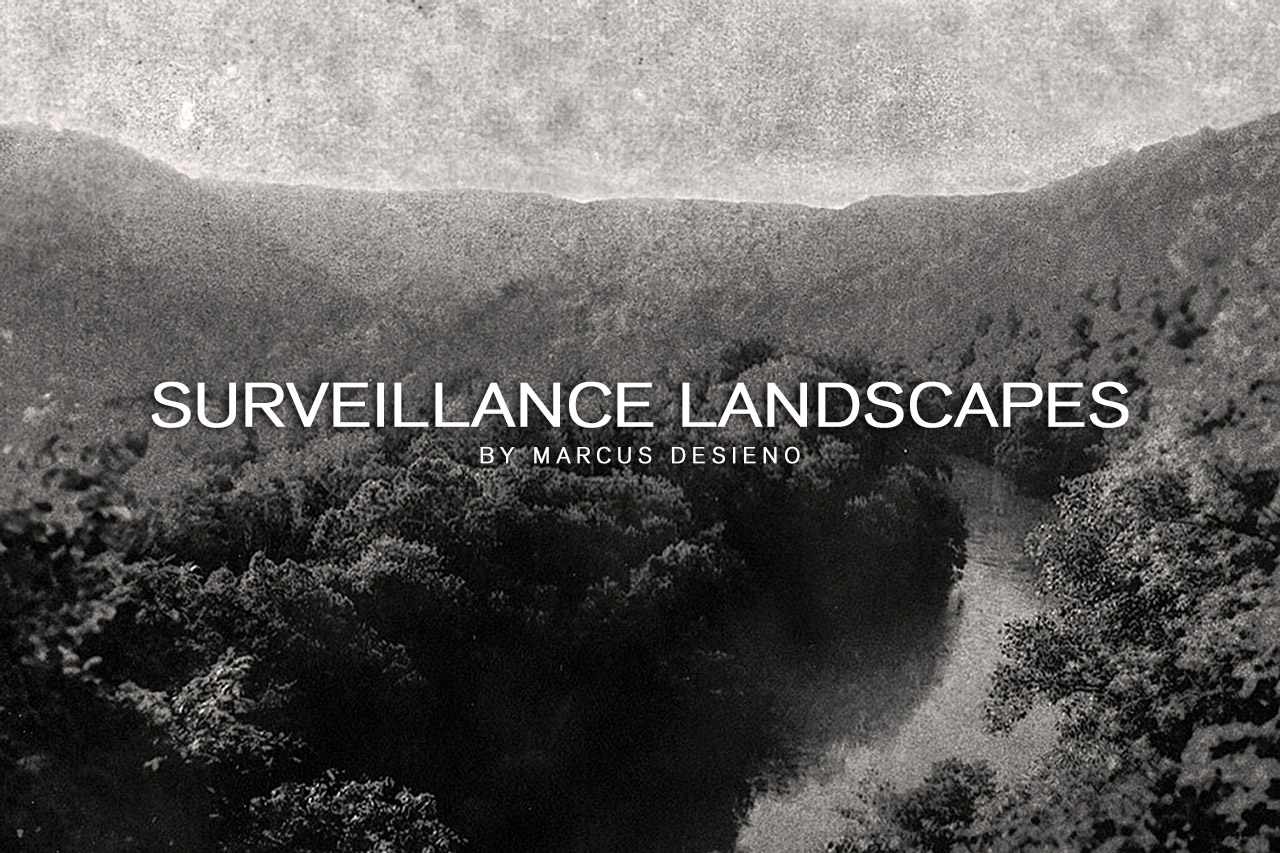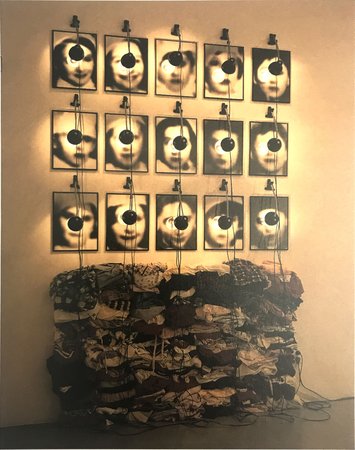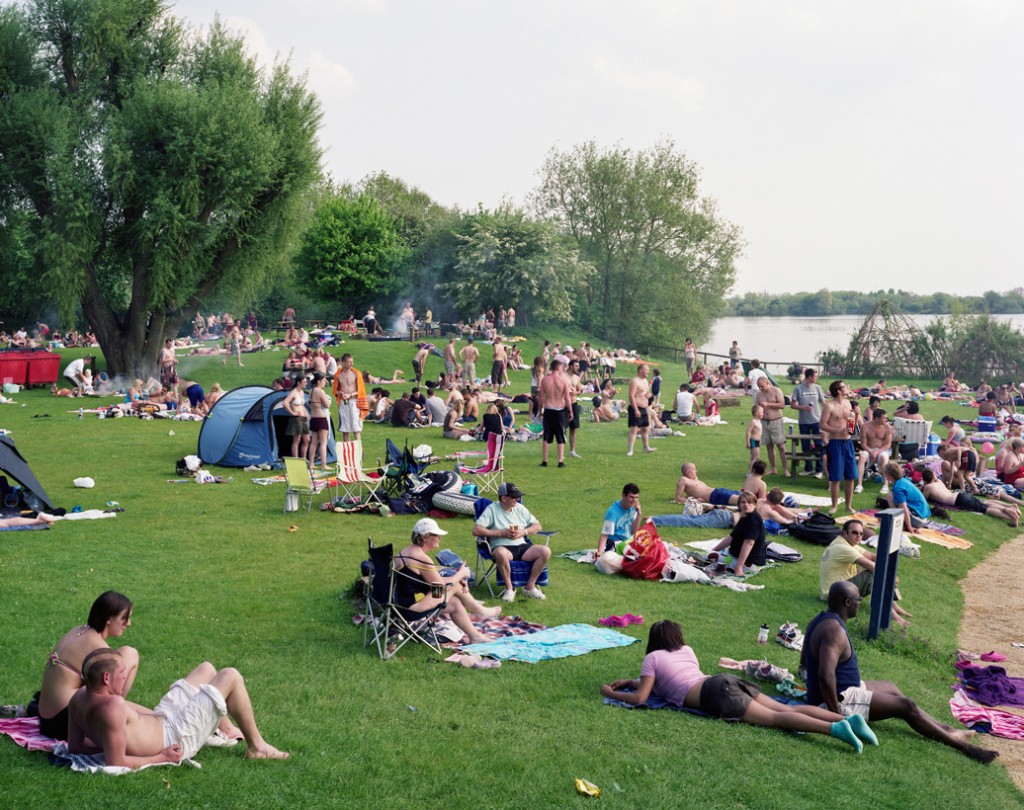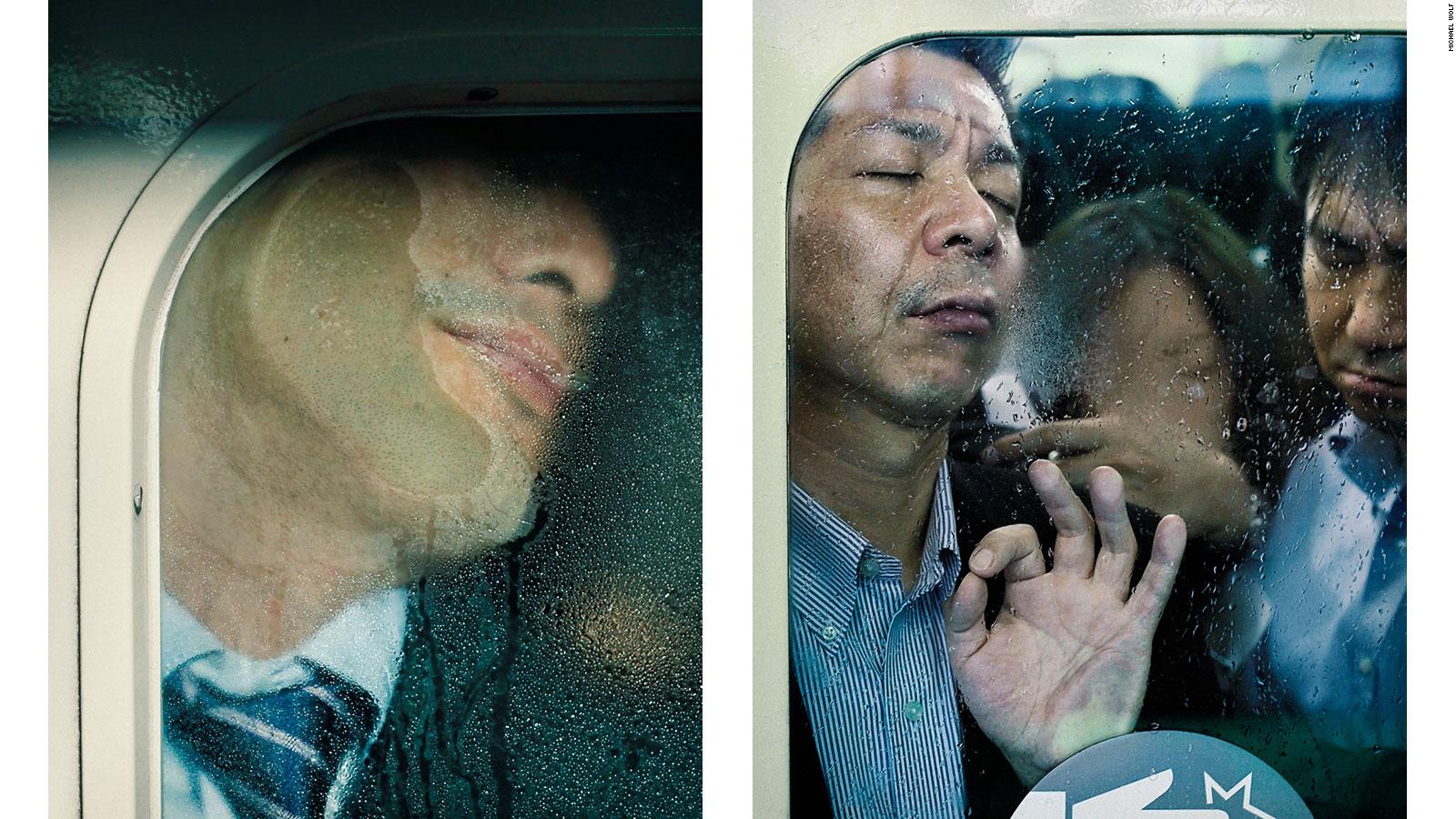Architectural




Light trails




Public Transport




Technology




German Bunkers




Architectural




Light trails




Public Transport




Technology




German Bunkers




For my original response to our stimuli of ‘Journeys and Pathways’, i want to focus on the idea how something has adapted or evolved. My ideas include:
The journey of an object-an antiques journey to where it is now
Coming of age-the journey of the gap between being an adult or a child
Comparing old portraits of people versus what they look like now
Older people reflecting their younger side for example: tattoos they got when they were younger or someone trying on their wedding dress/suit and revisiting the feeling they had on the day
Surf history of Jersey-showing how much places like the Watersplash and St. Ouens have changed and how the crowds have adapted


IDEAS:
With the title journeys and pathways, I feel that there are 4 main subject areas which I would be able to tackle. Landscape, abstract, portraiture and photo-montage are the areas which would be appropriate to go down as they are able to portray journeys and pathways in an understandable way.

Psycho-geography is a hybrid of photography and geography that emphasizes playfulness and “drifting” around urban environments. It has links to the Situationist International.
Psychogeography was defined in 1955 by Guy Debord as “the study of the precise laws and specific effects of the geographical environment, consciously organized or not, on the emotions and behavior of individuals.”
Another definition is “a whole toy box full of playful, inventive strategies for exploring cities… just about anything that takes pedestrians off their predictable paths and jolts them into a new awareness of the urban landscape
The originator of what became known as unitary urbanism, psychogeography, and the dérive was Ivan Chtcheglov, in his highly influential 1953 essay “Formulaire pour un urbanisme nouveau” (“Formulary for a New Urbanism”).
It has roots in Dadaism and Surrealism.
The idea of urban wandering relates to the older concept of the flâneur, theorized by Charles Baudelaire…and is similar to STREET PHOTOGRAPHY
PETAPIXEL definition of PsychoGeography CLICK HERE

The Boyle Family : The ground we walk on

http://www.boylefamily.co.uk/boyle/about/index.html
Mishka Henner : Aerial Imagery in the digital age

Luke Fowler: Two-Frame Film | Juxtapostions
http://www.photopedagogy.com/two-frame-films.html
Stephen Gill : “in-camera photograms”

Superflux : explore over-surveillance and the prospect of intrusion in our everyday lives…has the concept of psycho-geographies evolved into something dystopian-like and Orwellian (1984- “Big brother”)…governments, town planners and the authorities design how we live, where we live and essentially control popluations of towns and cities.

Marcus Desieno creates de-humanised landscape photography by hacking surveillance camera networks…but avoids privacy problems normally associated with urban and residential areas…
![]()

Brainstorm of intial ideas in response to ‘Journeys and Pathways’.
Day 1= Edit and finalise final images for “Journeys and Pathways”
Day 2=Frame, mount, present and display final prints
Week 1 Mon Feb 4th = Mindmaps, moodboards, research / case studies plan and carry out Photoshoot 1
Week 2 Mon Feb 11th = Edit and experiment with images from Photoshoot 1
Feb Half Term = take more photos!
Week 3 Mon Feb 25th = edit and experiment with initial images / responses
Week 4 Mon March 4th = move onto idea 2 / refine initial idea / plan photo-shoot 2
Week 5 Mon March 11th = edit and experiment with images from second photo-shoot
Week 6 Mon March 18th = review and refine progress…change plan if necessary
Week 7 Mon March 25th= develop and plan ideas for final photo-shoot
Week 8 Mon April 1st = explore display and presentation ideas, complete all available blog posts and drafts
Easter
Week 9 Mon 23rd April = Exam Week 1
Week 10 Mon 30th April = Exam Week 2


Example : Political instability can often cause mass migration of populations and considerable human distress, which provoke artists to respond with powerful visual statements. Mona Hatoum’s displacement from Palestine to Britain influenced many of her pieces that comment on her personal experiences of such a traumatic event. Ai Weiwei and Sebastião Salgado recorded compelling accounts of refugees and their plight, whilst Dorothea Lange documented the devastating effects of the Great American Depression.

You should provide evidence that fulfils the four Assessment Objectives:
AO1 Develop ideas through sustained and focused investigations informed
by contextual and other sources, demonstrating analytical and critical
understanding
AO2 Explore and select appropriate resources, media, materials, techniques and
processes, reviewing and refining ideas as work develops
AO3 Record ideas, observations and insights relevant to intentions, reflecting critically
on work and progress
AO4 Present a personal and meaningful response that realises intentions and, where
appropriate, makes connections between visual and other elements.
Your preparatory studies should show evidence of:
• your development and control of visual literacy and the formal elements (tone,
texture, colour, line, form and structure)
• an exploration of techniques and media
• investigations showing engagement with appropriate primary and secondary sources
• the development of your thoughts, decisions and ideas based on the theme
• critical review and reflection.
Period of sustained focus
During the 10-hour period of sustained focus you will produce your final outcome(s)
responding to the Externally Set Assignment theme, based on your preparatory studies. The period of sustained focus may take place over more than one session. You will not be able to access your work outside of these sessions. Once the 10-hour supervised period
has ended you will not be able to add to or alter your work
In his installation Nantes Triptych Bill Viola simultaneously shows three videos of people at different stages on the journey through life.

Other photographers and film makers are also interested in recording changes brought by the passing of time. Richard Linklater’s film Boyhood was filmed over 12 years to show the actual development of a boy into a young man.

Christian Boltanski shone lights on fading images of people killed in the Holocaust.These suggest an interest in the journey that the photographs themselves make on a path to obscurity.

In the book We English Simon Roberts records a two year journey in a motorhome around England. The resulting images are lyrical and calm, as he often found beauty in mundane situations and in the exploration of the relationship between people and place. He
purposely avoided the tendency to satirise the English class system in ways that have almost come to be expected by photographers such as Martin Parr.


Walker Evans, David Meadows, Guy Bourdin, John Davies, Dorothea Lange and many other photographers have gone on extended journeys to record their view of the country or their immediate surroundings.

Creative journeys can derive from ideas that link diverse objects in unexpected ways. These reflect the individual preoccupations of the photographer. Edward Weston’s obsession with abstract form led him to transform vegetables, chimneys and toilets into
objects of great formal beauty. Rinko Kawauchi’s image of a dead wasp on a windowsill and a drop of milk on a baby’s chin are both connected by her interest in the poetry of ordinary moments.

The daily grind can be a test of endurance. In Tokyo Compression, Michael Wolf recorded the extreme discomfort of Japanese commuters pressed up against windows dripping with condensation on their journeys to and from work.

In Harlem Trolley Bus, Robert Frank showed the divisions within American society in the mid-20th century. Dryden Goodwin
took pictures of exhausted travellers on London night buses and wove a protective cocoon of blood capillaries around them.

Matt Crabtree transformed commuters on the
London underground into 16th century portraits of praying saints.

Richard Long walks through landscapes, making subtle changes along the way.

Theo Gosselin documents friends / models / muses on various journeys in urban and rural areas

J.Grant Brittain, Warren Bolster and Craig Stecyk documented skate culture throughout the 1980’s and beyond…


Ansel Adams explored vast areas of America’s National Parks, preserving the notion of their grace, beauty and purity despite changes to their condition and use…

Miklos Gaal employs tilt shift techniques to create toy-town-esque scenes of everyday hustle and bustle life in urban areas, distorting our sense of space, proportion and time.
• trains, cycles, boats, planes, coaches and cars • hiking, camping, caravanning, hotels • obsessions, desires, pursuits • adventure trails, treks, mazes, maps, tunnels, caves • oceans, rivers, canals, motorways, bridges, corridors, staircases, packed lunches, service stations, mobile cafes, drive-thrus, airport lounges, bus stations, train stations • escapism, fantasy, science fiction, books, comics, quests • tracks, footprints, jet trails, bow waves, oil slicks • detectives, clues, pursuits, bloodhounds, foxhunting, treasure hunts, geocaching, orienteering • Pied Piper of Hamelin, Hansel and Gretel, Jack and the Beanstalk, The Hero’s Journey • internet, optic fibres, cables, communications, text messages, emails • letters, shipping containers, parcels, presents, trade routes • protest marches, processions, pilgrimages, hustle and bustle, street life (street photography)the journey of life > death

23rd April – 3 May inclusive
(dates / days to be published soon)